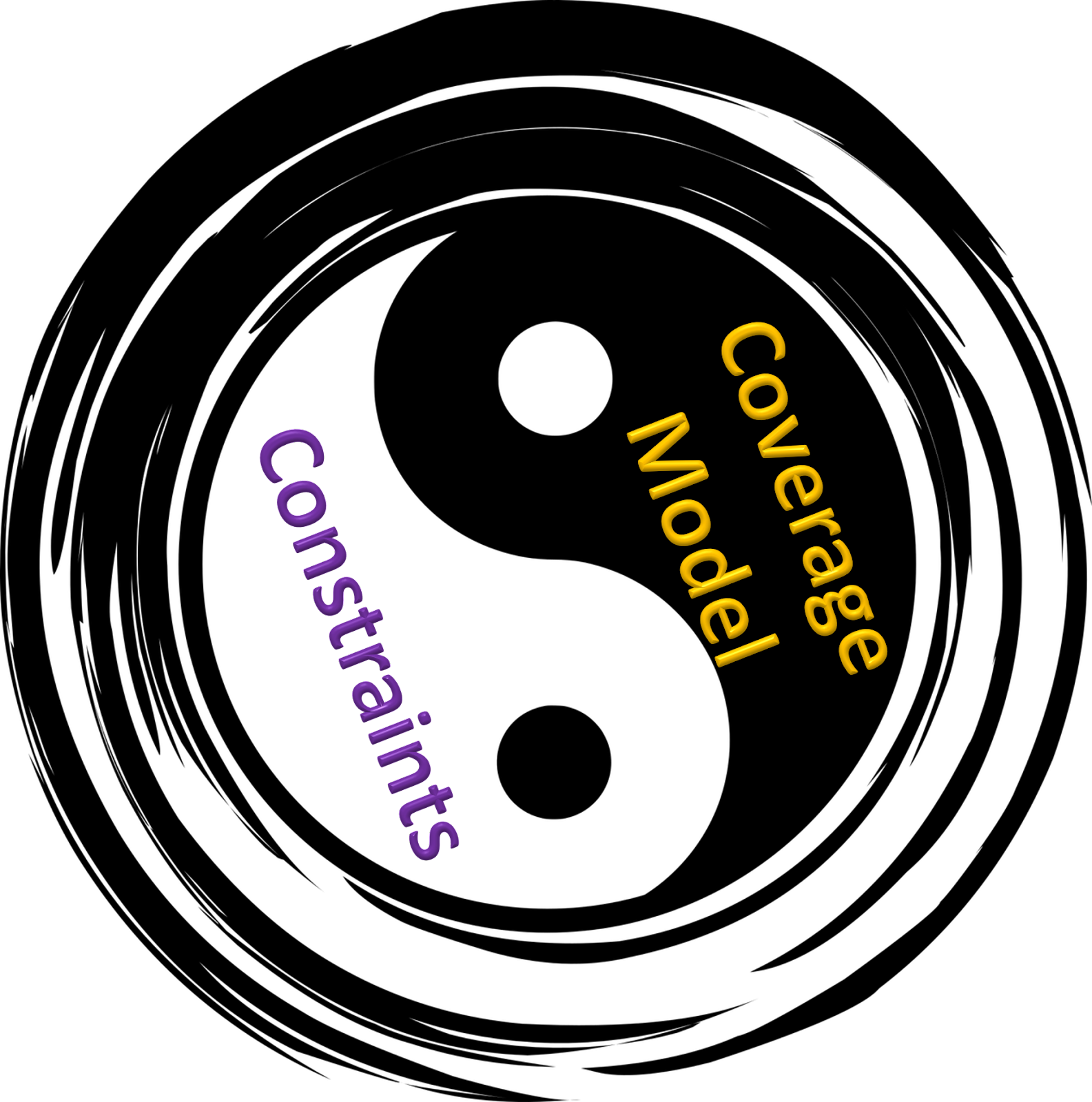PySlint - DPI, beware of old style DPI import/export

SystemVerilog is a vast language with long history. With any history, you have the problem of legacy - sometimes bad too, unfortunately. One such bad legacy is the use of "DPI" as spec-string in SystemVerilog Direct Programming Interface (DPI) code, used to interface C with SystemVerilog. It is a very commonly used feature in certain classes of systems as it allows reuse of reference models as-is in Design Verification. Jumping straight into a potential compatibility issue with DPI, historically Accellera SV (3.1a) allowed the following code: import "DPI" function int c_sum (int f1, f2); However, as LRM matured and became an IEEE 1800 version, the above got refined to be "DPI-C". This is often referred to as "spec-string". Now, what's the big deal - one may ask, well below is a quote from IEEE 1800 LRM: So, if your old SV code was using "DPI" as spec-string, potentially: You have confusing 2-state, 4-state value passing across ...


